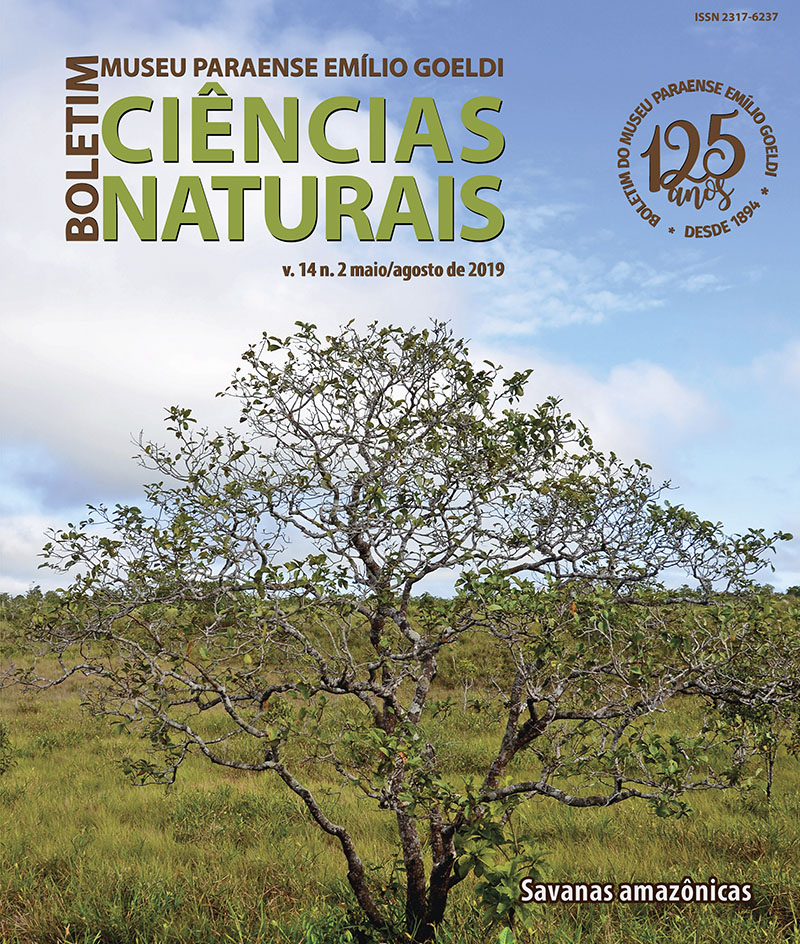The relationship between the changes in the landscape and the discharge of the Capim River Basin, Pará, Brazil
DOI:
https://doi.org/10.46357/bcnaturais.v14i2.179Keywords:
Landscape dynamics, Forest fragmentation, Hydrological behaviorAbstract
The implications of changes in land use and land cover have affected river basin behavior. In this context, the study aimed to analyze the relationship between discharge rate and landscape metrics for the years 2004, 2008, 2010 and 2014 in the Capim River basin, located in the northeast of the state of Pará. Landscape metrics in order to relate them to the discharge rate of the Capim River. Based on the relationship between the analysis of landscape metrics and runoff, it was possible to identify that the total edge (TE) and aggregation (AI) indices are the ones that are best associated with changes in the watershed flow regime. Thus, it can be verified that the fragmentation of the forest and pasture classes has a fundamental role in the basin water alteration. Therefore, changes in these classes throughout the basin are associated with the development of livestock, which boosts the economy of the region’s municipalities. However, it has favored deforestation and forest fragmentation, compromising the local water scenario. Landscape measurement indices have proved to be an advantageous methodology for understanding the dynamics of uses and anthropic interference acting in the watershed.
Downloads
Published
Issue
Section
License
Publication means fully assigning and transferring all copyrights of the manuscript to the journal. The Liability Statement and
Assignment of Copyrights will be enclosed with the notice of acceptance. All the authors must sign the document and return it to the journal.








